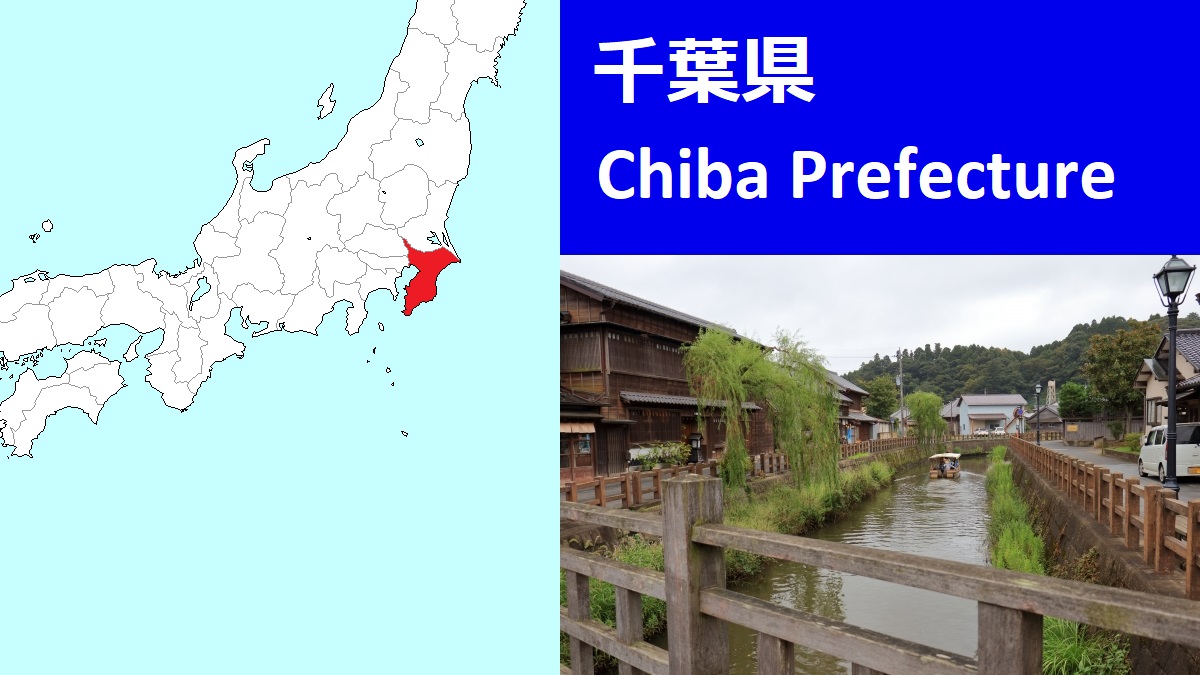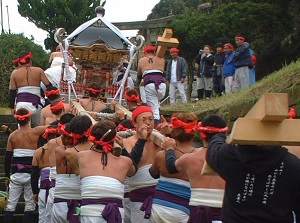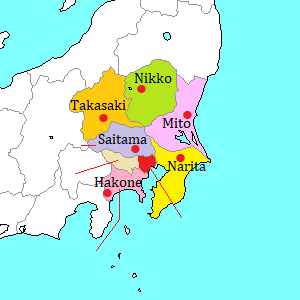Chiba Prefecture [千葉県]
Chiba Prefecture is the prefecture located east of Tokyo Metropolis.
The southen half of the prefecture is Bôsô Peninsula.
The west coast faces Tokyo Bay, and the east coast faces the Pacific Ocean.
Chiba Prefecture is almost flat, and the highest mountain is only 408 meters high in this wide area.
Chiba city is the prefectural capital, and is at the northeast end of Tokyo Bay.
The northwest part of the prefecture including Chiba city is formed the east part of Tokyo metropolitan area.
Many population of the prefecture is concentrating in this area.
In other areas, rural areas and forests spread.
Because the warm current flows off the coast of this prefecture, the south part has mild climate.
There are some seaside resorts along the southeast coast, so many sea-goers visit here in summer.
Narita International Airport is in the north part of this prefecture.
Therefore, when many of the foreigners visit Japan, the first step is probably marked on Chiba Prefecture.
Between Tokyo and Chiba city, many trains of JR and Keisei Railway run frequently.
Also between Narita Airport and Tokyo, many limited expresses and expressway buses are operated.
But the operation of train and bus in the other area is not so frequent compared with the metropolitan area.
Main JR Lines are Uchibo Line along Tokyo Bay, Sotobo Line along Pacific Ocean, and Sobu Line to Choshi city through Narita.
On the lines, limited expresses run every 1 or 2 hours.
But because most lines are single-track, they are not so rapid.
An expressway "Tokyo Bay Aqua Line" is set up from Kawasaki city on the western side of Tokyo Bay to Kisarazu city on the central part of Chiba Prefecture.
Many express buses are operated through the route, so it is convenient to visit the southern part of the prefecture.
Tourist Attractions in Chiba Prefecture
Transportation
Railway
- To Chiba from Tokyo : 40 to 50 minutes by JR Sobu, Keiyo Lines.
- To Narita from Tokyo : 1 hour 20 minutes by JR Sobu, Narita Lines.
- To Tateyama from Tokyo : By JR Yokosuka Line, about 1 hour.
- To Maihama (Tokyo Disneyland) from Tokyo : 16 minutes by JR Keiyo Line.
Airport
There is Narita International Airport near Narita city.
It is located about 30 km northeast of Chiba city and about 60 km east of central Tokyo.
It is the largest international airport in Japan and has the flights from various cities in the world.
Main events in Chiba Prefecture
Shirahama Ama Festival (From Saturday to Monday in the middle of July)
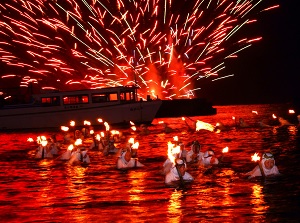
Photo by Minami-Boso city
Ama is the woman diver catching shells and lobsters under the sea.
Shirahama is the southernmost town of Chiba Prefecture, and is one of the traditional fishing towns where amas work in Japan.
In the daytime of these days, a mikoshi (portable shrine) is carried in the town.
After sunset, the highlight of the festival comes.
Dozens of amas with torchlight enter the sea.
And they swim in a circle for some time.
In the meanwhile, we can see the fantastic scene.
Ohara Naked Festival (Septmber 23 and 24)
Ohara is a town located on the east coast of Chiba Prefecture.
This festival has been held in the town every year for some centuries.
In the small town, more than a dozen mikoshi (portable shrine) are carried wildly and valiantly by many shirtless men.
So the mikoshi, its carriers and visitors fill the town.
The highlight is "Shiomomi".
All mikoshi are carried into the sea, and they jostle each other in the sea.
Local foods and products in Chiba Prefecture
Peanuts
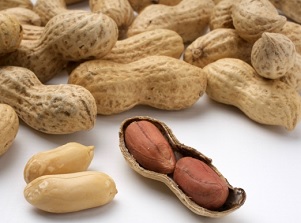
Peanuts was imported from China in the 18th century.
But its cultivation began in the end of the 19th century.
Chiba Prefecture gains more than 80 percent share of the Japanese peanut production.
Especially Yachimata city in the middle of the prefecture is known for the central area of production.
Now 90 percent of peanuts in Japan are imported.
But peanuts of Chiba are more tasty than the imported peanuts.
Boshu Fan
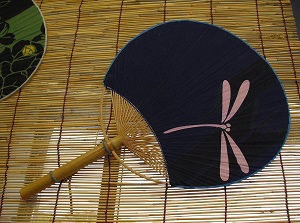
Photo by Minami-Boso city
Japanese fan is called "uchiwa" in Japanese, and it has been one of the traditional livingware to cool off with waving.
Boshu fan is one of the Japan's three major uchiwas along with Kyoto and Marugame.
("Boshu" means "South part of Chiba Prefecture".)
It is made by processing a bamboo and putting papers on it.
Making an uchiwa needs 21 processes, and it is completely handmade.

